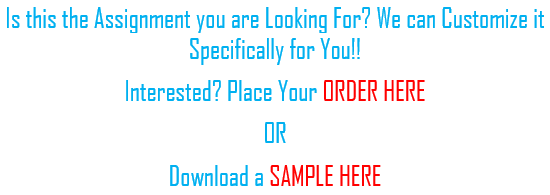Cardiovascular disease is the most common cause of adult morbidity and mortality, accounting for 31% of deaths worldwide. The most common vascular system disorder is hypertension, defined by the American College of Cardiology and the American Heart Association (AHA) as blood pressure >130/80 mm Hg.
How do antihypertensive medications interact with determinants of cardiac output and peripheral resistance to reduce blood pressure?
What are the most common complications of untreated or undertreated hypertension?
Title: Cardiovascular Disease and Hypertension: A Critical Examination
Introduction
Cardiovascular disease (CVD) remains a global health crisis, claiming countless lives and causing substantial morbidity. According to the World Health Organization (WHO), CVD is the leading cause of death worldwide, accounting for 31% of all global fatalities. Among the various cardiovascular disorders, hypertension stands out as the most common vascular system disorder, with a significant impact on adult morbidity and mortality. Defined by the American College of Cardiology and the American Heart Association (AHA) as blood pressure exceeding 130/80 mm Hg, hypertension represents a major risk factor for CVD. In this essay, we will explore how antihypertensive medications interact with determinants of cardiac output and peripheral resistance to reduce blood pressure, as well as the most common complications associated with untreated or undertreated hypertension.
Antihypertensive Medications and Blood Pressure Regulation
To understand the mechanisms by which antihypertensive medications work, it is crucial to grasp the fundamental factors influencing blood pressure: cardiac output and peripheral resistance.
- Cardiac Output: Cardiac output refers to the amount of blood ejected by the heart per minute. It is determined by two primary factors: heart rate (the number of heartbeats per minute) and stroke volume (the amount of blood pumped with each heartbeat). Antihypertensive medications often target these variables to regulate blood pressure.
- Beta-blockers: These medications reduce blood pressure by decreasing heart rate. By blocking the effect of adrenaline on the heart, they slow down the heart rate, reducing cardiac output.
- Calcium channel blockers: These drugs inhibit calcium ions from entering the heart and blood vessel cells, which lowers heart rate and reduces the force of heart contractions. This results in a decrease in cardiac output.
- Peripheral Resistance: Peripheral resistance refers to the resistance encountered by blood flow in the arteries and arterioles. The narrowing of blood vessels or increased stiffness can elevate peripheral resistance, leading to hypertension. Antihypertensive medications also act on peripheral resistance.
- Angiotensin-converting enzyme (ACE) inhibitors: ACE inhibitors block the conversion of angiotensin I to angiotensin II, a potent vasoconstrictor. This reduces peripheral resistance by preventing blood vessels from constricting.
- Calcium channel blockers: Besides affecting the heart, calcium channel blockers also relax the smooth muscle in arterial walls, dilating blood vessels and reducing peripheral resistance.
Common Complications of Untreated or Undertreated Hypertension
Failure to manage hypertension effectively can have severe consequences for one’s health. Some of the most common complications of untreated or undertreated hypertension include:
- Cardiovascular Disease: Hypertension is a leading risk factor for CVD. Elevated blood pressure damages the arteries, increasing the risk of atherosclerosis, heart attacks, and stroke.
- Stroke: High blood pressure can lead to the formation of blood clots or weakened blood vessels in the brain, resulting in a stroke. It is a major cause of both ischemic and hemorrhagic strokes.
- Kidney Disease: Chronic hypertension can damage the blood vessels in the kidneys, impairing their ability to filter waste products from the blood. This can lead to chronic kidney disease and eventually kidney failure.
- Heart Failure: The heart has to work harder to pump blood against increased resistance in hypertensive individuals. Over time, this can lead to heart muscle thickening and heart failure.
- Vision Problems: Hypertension can damage the blood vessels in the eyes, leading to retinopathy, vision impairment, and even blindness.
- Aneurysms: The increased pressure within the arteries can weaken their walls, making them susceptible to the formation of aneurysms, which can rupture and be life-threatening.
Conclusion
Hypertension is a significant public health concern worldwide and a major contributor to cardiovascular morbidity and mortality. Antihypertensive medications play a crucial role in reducing blood pressure by targeting cardiac output and peripheral resistance. Timely and effective management of hypertension is essential to prevent a range of serious complications, including cardiovascular disease, stroke, kidney dysfunction, heart failure, vision problems, and aneurysms. Public health initiatives, improved healthcare access, and lifestyle modifications are vital components of addressing this global health challenge and reducing the burden of cardiovascular disease.

